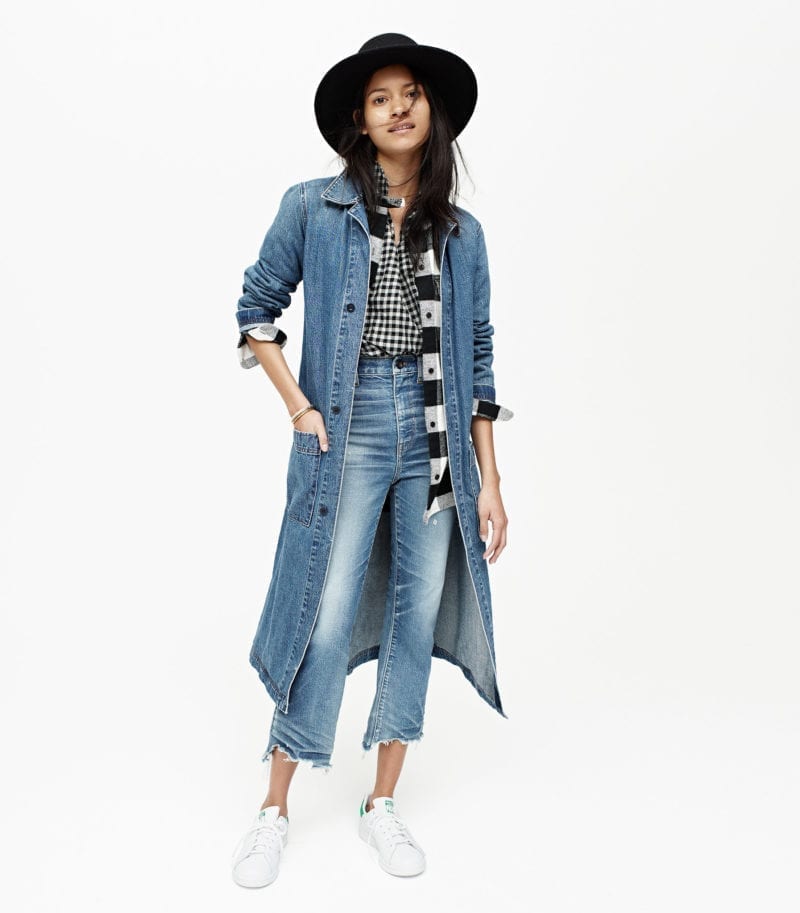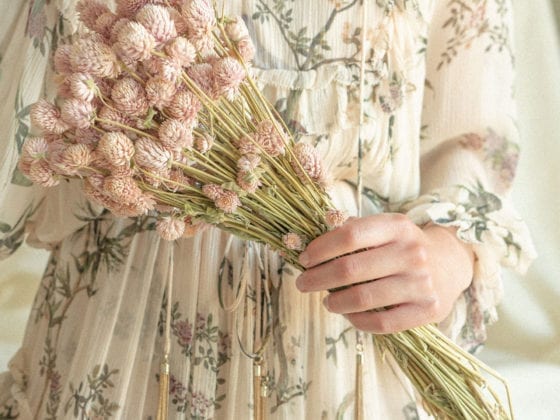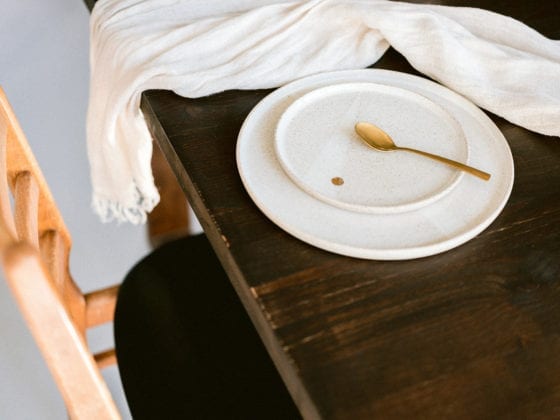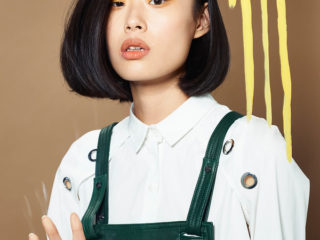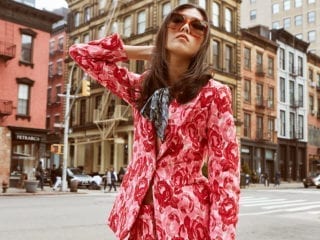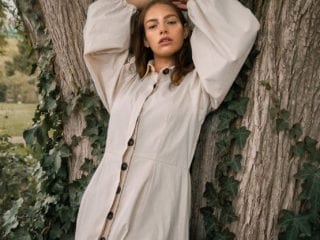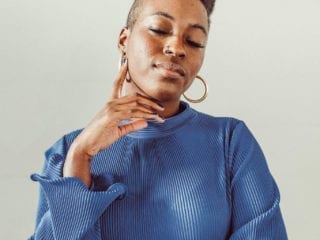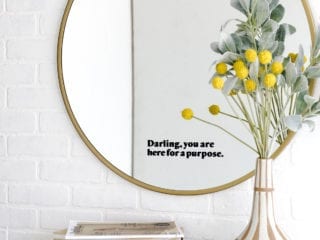Staring at the three gallon-sized trash bags before me, I felt accomplished with a twinge of guilt. I had dedicated an afternoon to a closet cleanout, which led to numerous try-ons and a hodgepodge of memories and nostalgia.
I was one of those little girls who spent days playing dress up, dreaming of the day I could fit into my mother’s beautifully embroidered blouses and long, silky dresses. The freedom and self-expression I found from fashion carried on throughout my teenage years, although not in the way I wanted it to. As much as I wanted to embrace my style, attending parochial schools with dress codes and uniforms and the deep desire to want to conform with my peers determined most of my fashion choices.
The deep desire to want to conform with my peers determined most of my fashion choices.
My college years sparked a catalyst to rediscovering my style, allowing me to slowly regain the panache I locked away. In my journey toward using fashion as a form of self-expression now, I have learned a few things that I wish I knew when I was a teenager.
Resist the temptation of impulse purchases.
With each season comes a new set of collections from designers. They forecast the newest trends and review analytics to predict the most sought-after pieces. I followed the latest trends religiously to fit in and stay hip in grade school. I ostentatiously recounted to friends how I purchased a dress for a great deal, only to now have it sit in my donation pile of other off-trend clothes.
The excitement of sales materializes just as quickly as it fades. Purchase pieces that fit your body in all the right places, right then and there. Focus on what makes you feel and look good, instead of feeling the need to change your appearance for a garment.
Purchase pieces that fit your body in all the right places, right then and there.
Prioritize sustainable fashion.
Sustainable fashion encompasses ethical fashion, ecological fashion and slow fashion. Ethical fashion involves morally just treatment of workers, including fair wages, flexible working hours, up-to-date health standards in factories and warehouses and no child labor. Ecological fashion refers to the production impact of clothes on the environment, including water and energy treatment, pesticide usage on growing cotton and packaging materials. Slow fashion is conscious, high-quality consumption designed to last beyond trends and seasons.
I did not realize the negative impact the fashion industry has made on our beloved mother earth. As a consumer of fast fashion, I contributed to the cycle of fashion pollution. By making an effort to familiarize ourselves with the mission statement of clothing brands, their ethics and their efforts to increase transparency around their businesses, we can begin to make strategic and ethical shopping decisions to reduce our carbon footprint.
Invest in core pieces.
My closet clean-out allowed me to create a capsule wardrobe. The largest portion, about 45 percent, is dedicated to pieces in core colors: black, white, grey and navy. In addition, I consider pink to be one of my core colors. This is followed by about 40 percent of tonal colors or different shades in the same color family. The last 15 percent of my closet is devoted to bold prints, accent colors and statement pieces.
Developing a closet of basic shirts, jeans, dresses, blouses and outerwear in neutral colors sets the foundation for the rest of your life. This makes future additions to your closet easy, effortless and seamless.
Fashion is a form of self-expression.
Your appearance is one of the easiest ways to represent your personality. Wearing your favorite clothing ensemble is an instantaneous way to feel like yourself. As much as I wanted, and tried, to fit in by buying clothes that were the most popular, I did not feel truly and authentically myself. Fashion is a form of identity that no one can take away. The pieces you choose to wear weave together to tell the unique story of you.
What is some style advice you wish someone would have given you during your teenage years? Do you think you would have listened?
Image via James Ryang, Darling Issue No. 17

